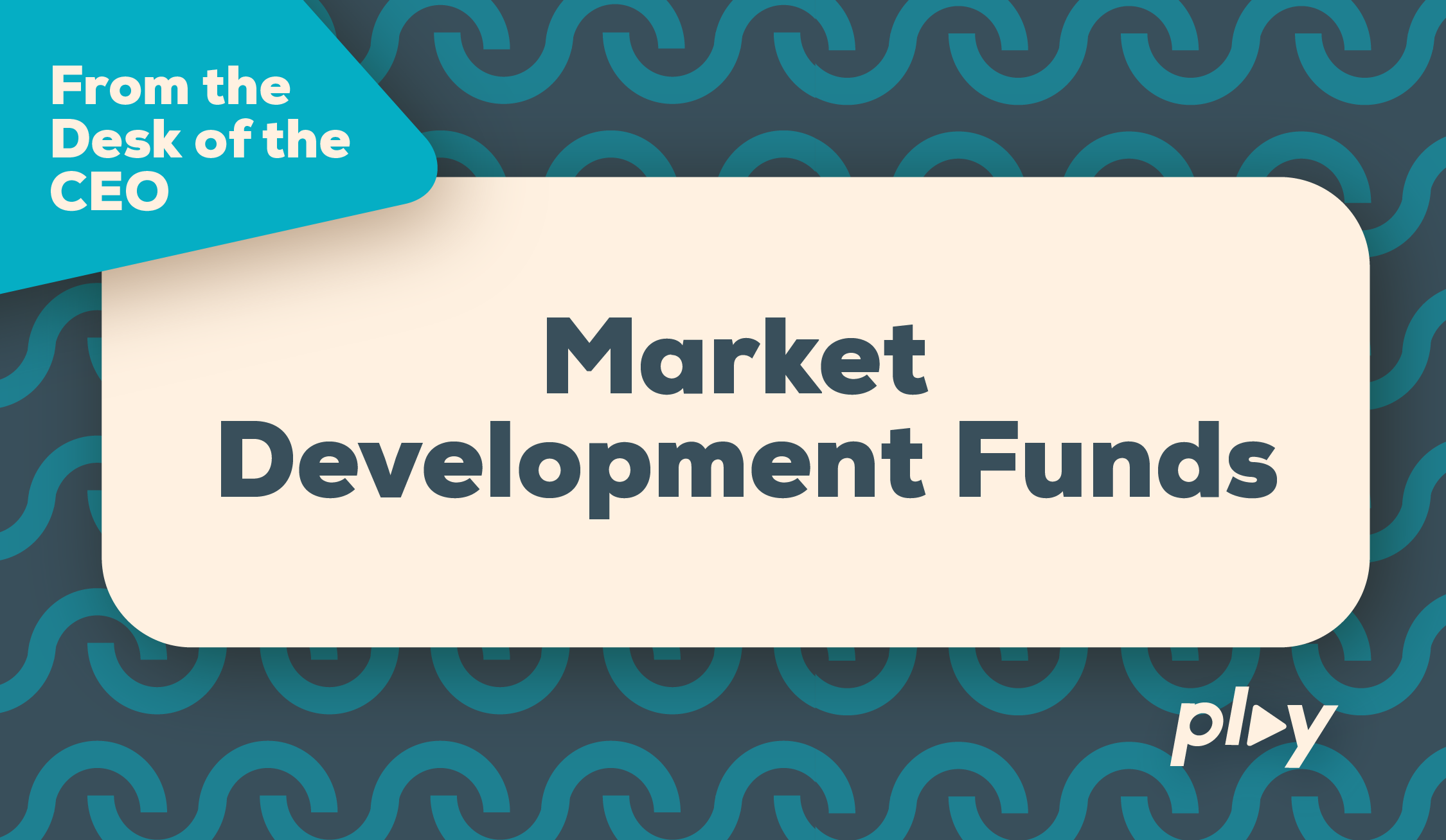Maximizing Market Development Funds: A Strategic Growth Opportunity

Market Development Funds (MDF) are one of the most underutilized tools in the business growth arsenal. In fact, up to 50% of MDF goes unused annually, according to Forrester. That represents billions of dollars in missed opportunities. For businesses seeking growth, failing to tap into these resources is leaving significant potential on the table.
MDF can be a strategic lever for long-term brand building, but too often, businesses view it as short-term financial aid. The key to maximizing MDF lies in shifting perspectives, aligning its use with long-term business objectives, and leveraging data to ensure measurable returns.
The MDF Opportunity and Challenge
MDF are co-marketing funds offered by manufacturers or vendors to their partners, typically to promote specific products or services. While they can provide significant marketing support, many businesses find the process of accessing these funds too complex or fail to understand their true potential.
A study by Channel Marketer Insight shows that 67% of businesses cite “complex claims processes” as a major barrier to MDF usage, and 52% of channel partners express dissatisfaction with their return on investment from MDF-driven efforts. This complexity often leads to businesses treating MDF as a temporary boost rather than an integral part of their growth strategy.
Unlocking MDF Potential
To fully capitalize on MDF, businesses must integrate them into long-term strategies, supported by clear goals and data-driven insights. Here are three key steps to making MDF work:
- Align MDF with Long-Term Business Goals
Rather than using MDF for short-term promotional campaigns, align them with broader business objectives. For example, instead of running a one-off sales promotion, consider using MDF for a multi-stage content marketing campaign that builds brand awareness over time.
Companies that take a long-term view of MDF see more sustainable results. A study by Gartner found that brands leveraging MDF for consistent, long-term marketing efforts experience a 12% increase in customer retention. By focusing MDF on long-term brand building, businesses can drive continuous engagement and growth.
- Use Data to Measure and Improve ROI
Measuring the impact of MDF is essential to proving its value. According to Forrester, businesses that actively track MDF performance report a 25% higher ROI compared to those that don’t. Accurate data helps businesses refine their strategies and make smarter decisions about future MDF investments.
Analytics can reveal deeper insights that might not be immediately obvious. For example, a campaign that appears unsuccessful on the surface might show strong long-term engagement when analyzed more thoroughly. This type of analysis ensures that MDF isn’t just spent, but used effectively to drive meaningful results.
- Build Stronger Partnerships with Vendors
Maximizing MDF isn’t just about spending the funds—it’s about using them to build mutually beneficial relationships with vendors. Collaborative campaigns that align both partners’ goals can yield significantly better results.
In fact, businesses that engage in collaborative MDF-driven campaigns see 30% higher marketing performance, according to Channel Marketer Insight. By working closely with vendors and creating co-branded campaigns, both sides can gain valuable insights and achieve better outcomes.
The Future of MDF: More Data, More Accountability
As the digital marketing landscape becomes more data-centric, the way MDF is allocated will likely evolve. Vendors are increasingly demanding proof of performance, requiring more granular data and clearer reporting on results. This means that businesses must take a more sophisticated approach to how they use MDF.
According to IDC, brands are expected to spend over $1 billion annually on co-marketing funds in the next two years. Businesses that can demonstrate clear ROI and use MDF effectively will be well-positioned to capture a larger share of these funds, while those that cannot will find themselves falling behind.
Conclusion: A Strategic Approach to MDF
Market Development Funds are not just a supplemental resource—they are a critical tool for driving growth. Businesses that use MDF strategically, track performance data, and build stronger vendor relationships will be the ones that thrive in the future.
The key is to stop viewing MDF as a quick cash injection and start using it as part of a long-term, data-driven strategy that builds brand strength and market presence. For businesses ready to rethink how they approach MDF, the rewards can be significant.
